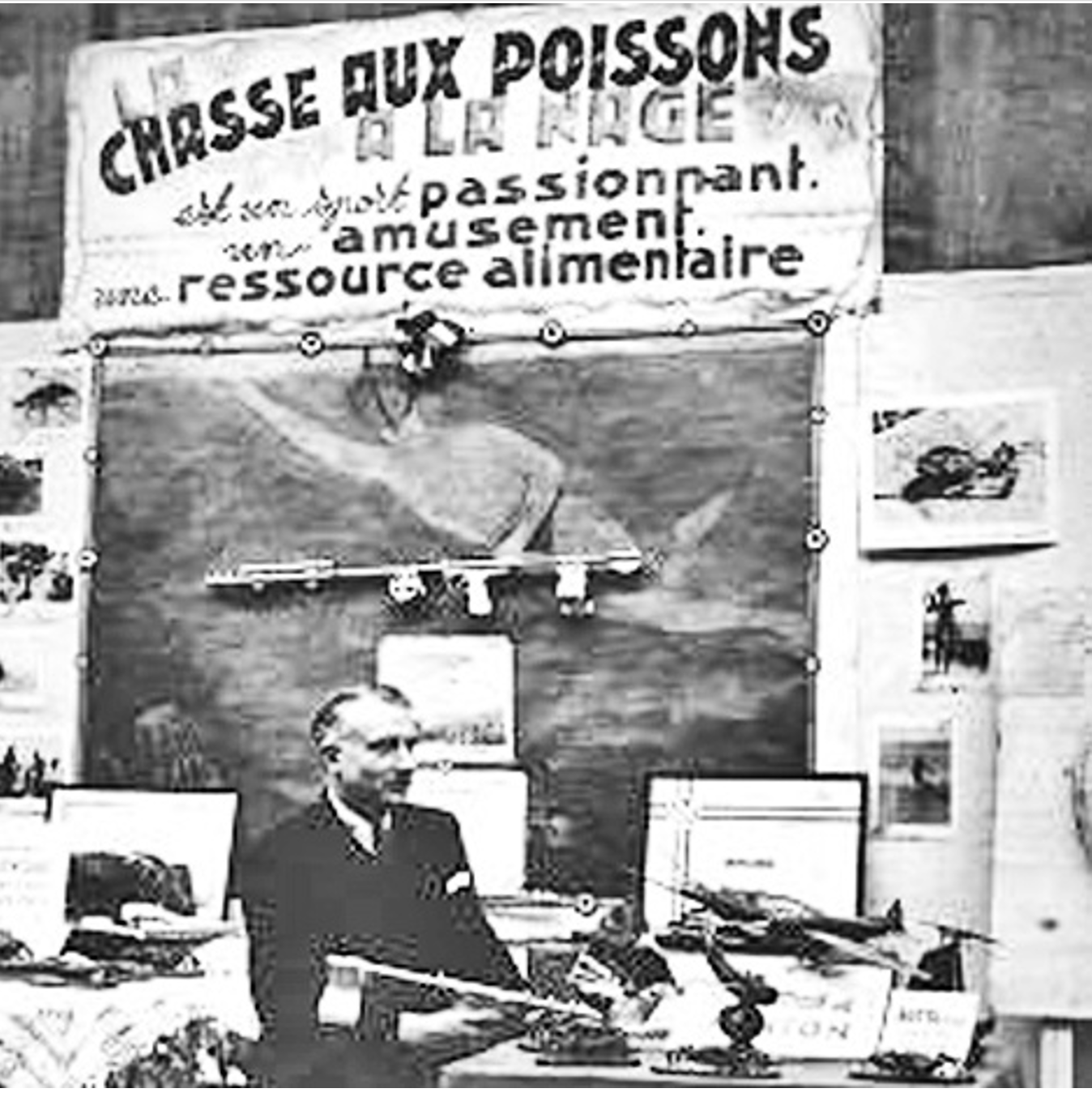
Maxime Forjot
The history of Maxime Forjot teaches us, more than ever, that some of the simplest objects which we find in our diving gear may have incurred in stormy origin. It all began when Forjot, because of his son’s delicate health, transfers to Nice in the Cote d’Azur, French Riviera seaside. This will soon brough it to love intensively the sea life and, above all, to be interested to everything related to the underwater world. In his continuous research, in 1934 one day he read about Tahitian youngsters who hunted underwater with long spears and, to better locate their preys, they wore goggles fixed in their head with a small lace. After this reading, also if amateur, Forjot immediately understood that these goggles, covering only the eyes, could have been used only to small depths, because of the pressure. And, if simple Polynesian natives could hunt in this way, he thought that it could be done even better.
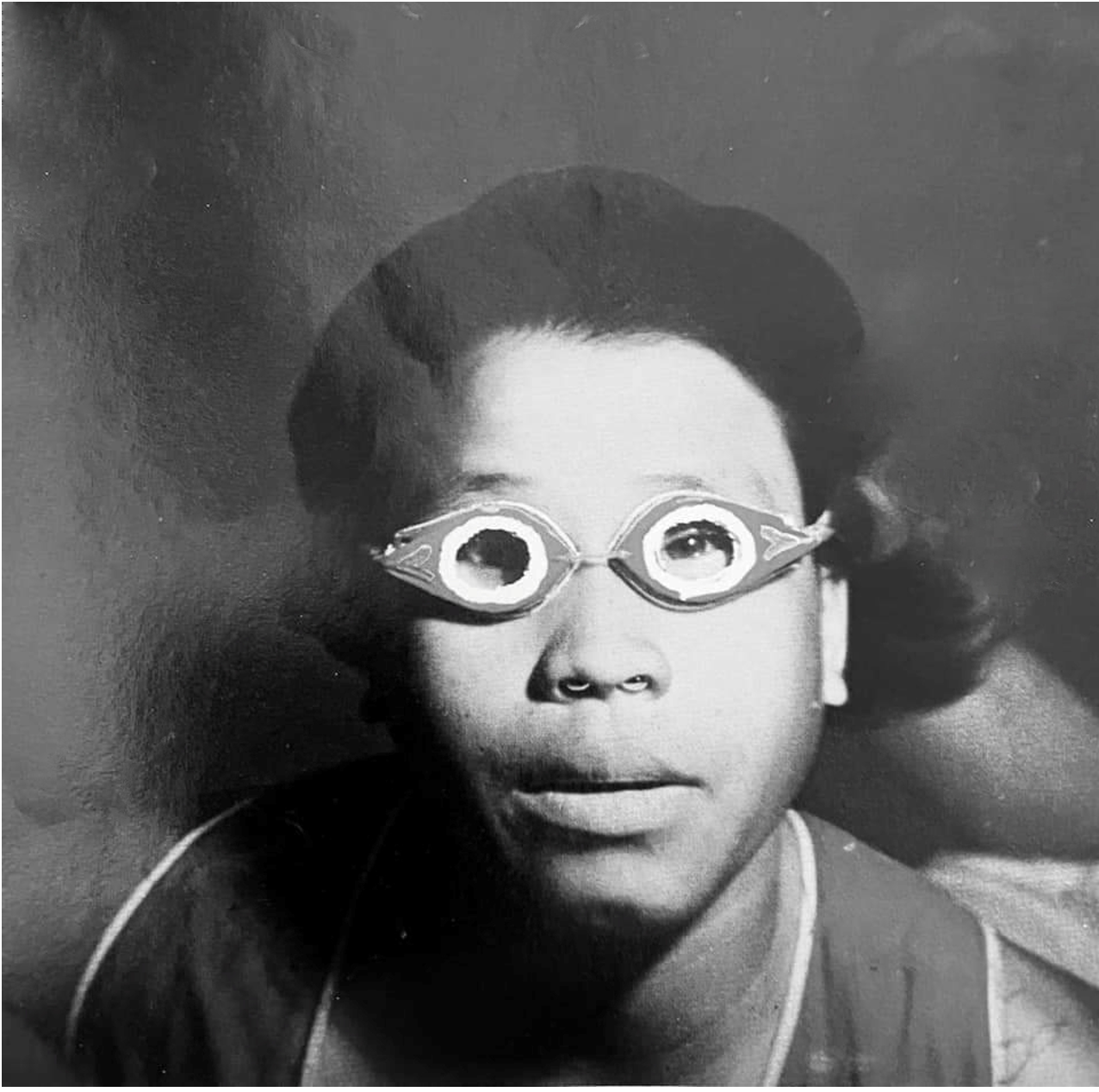
Goggles Worn by Polynesian underwater fisherman
Other sources for his inspiration came from the pioneer of diving activities, Le Prieur, more precisely from his mask of this breathing apparatus; and from Alexandre Kramarenko, an expatriate of Russian origin, founder of the United Service Agency and of the Le Fusil American brand, engaged, during those years, to copy the Tahitian goggles. After several analysis, here is his final idea: if goggles could have been extended also to cover the nose, then the diver could have been able to compensate the increasing pressure by simply blowing in the “dead” space of the mask. Firstly, from this basic idea, he decided to make what he will call "face mask". To do so, he engages a certain Megean, a specialized worker, to help him build a chalk mold of his head with the same technique used for the mortuary masks. After having it made, the two people made a mold where they poured rubber, thus producing a shaped rubber ring which perfectly adapted to Forjot’s face. On this rubber ring, they then mount a glass to cover both the nose and the eyes, letting only the mouth free. Another essential condition was to allow the diver to dive looking at the bottom. To respect this requirement and connect the diver with the surface, they adopted a shaped rubber hose long around 20 cm. where, in one of its extremities, a mouthpiece was positioned. This hose was fixed to the mask front glass with a metallic clip, attached to the mask itself. This design, which may look archaic, in reality is still used today in fin swimming competitions because of its higher hydrodynamic properties compared to the side-mounted snorkel. After this long work, in December 1938 Forjot and Megean finally were able to register their patent. This mask was named “l’œil marin", the marine eye.
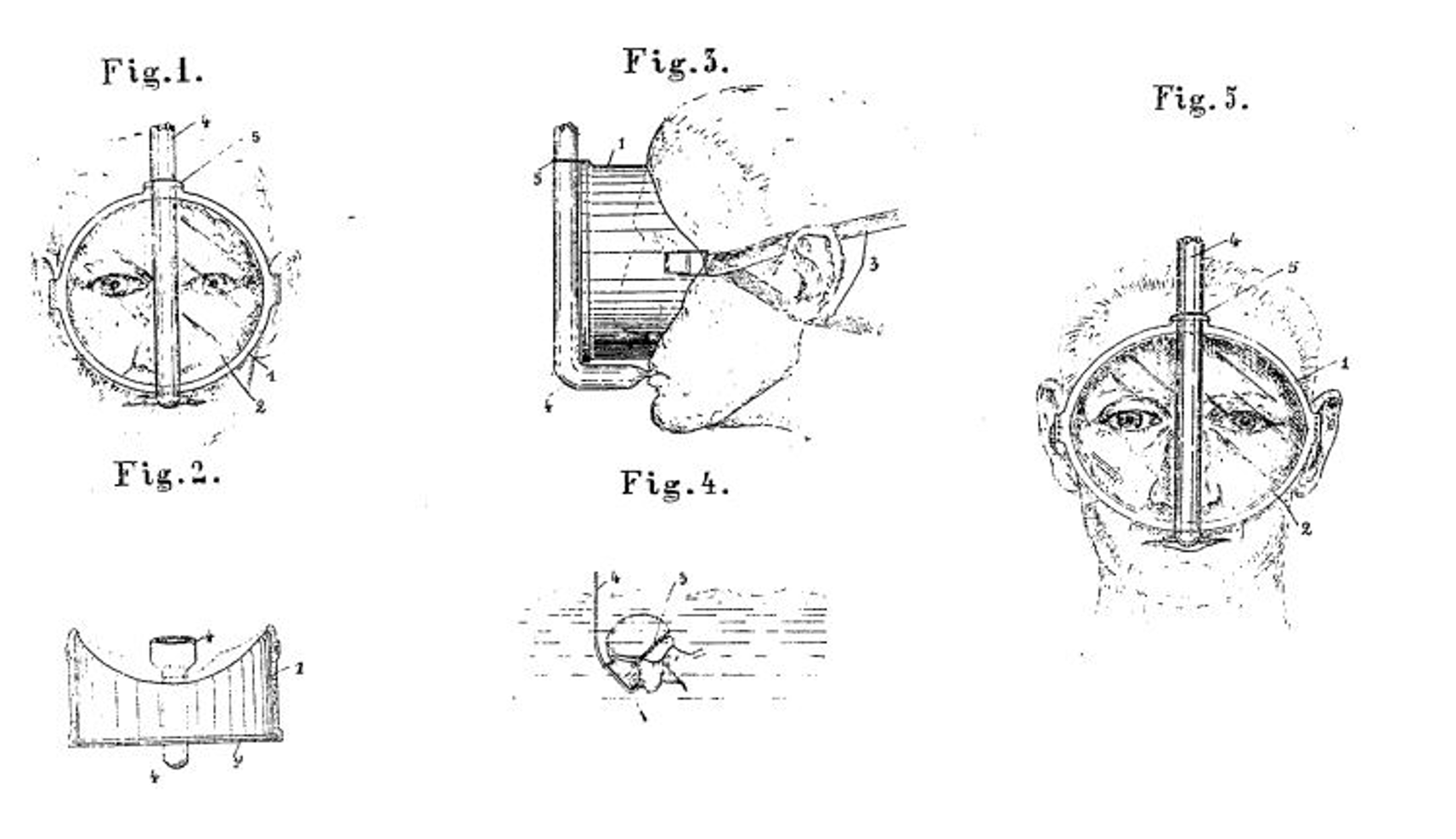
Mask patent from 1938
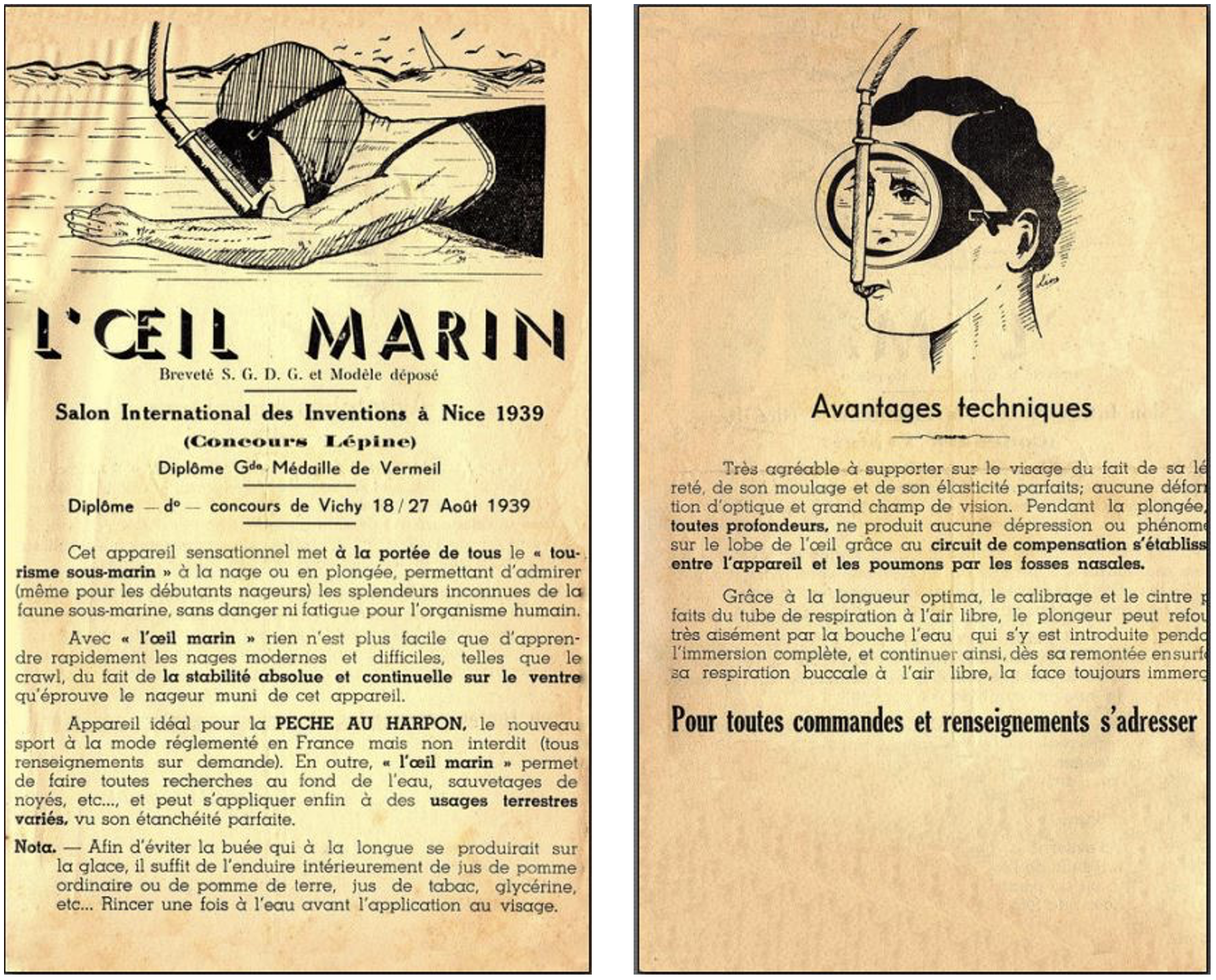
Bulletin for the 1939 international exhibition
While the first masks are born, the attention of the two is focused to the perfectioning of a diving spear gun. In this same period, the Russian Kramarenko patented one 1,8-meter-long spear gun, where the spring during spear loading was compressed. This gun was equipped with a strong power; however, because of its length, it was quite difficult to handle. Right after, Forjot introduced a much shorter spring gun which functioned in the opposite way: the spring was fixed in the front part of the beam and extended when the spear was loaded. This system, which showed to be more effective and reliable, was introduced in all future models of Douglas spear guns, the chosen name for sales of this Forjot and Megean duo. Produced in different lengths, the Douglas spear guns were available with an arm support and a reel; for travelers, there was the “travelling” folding version.
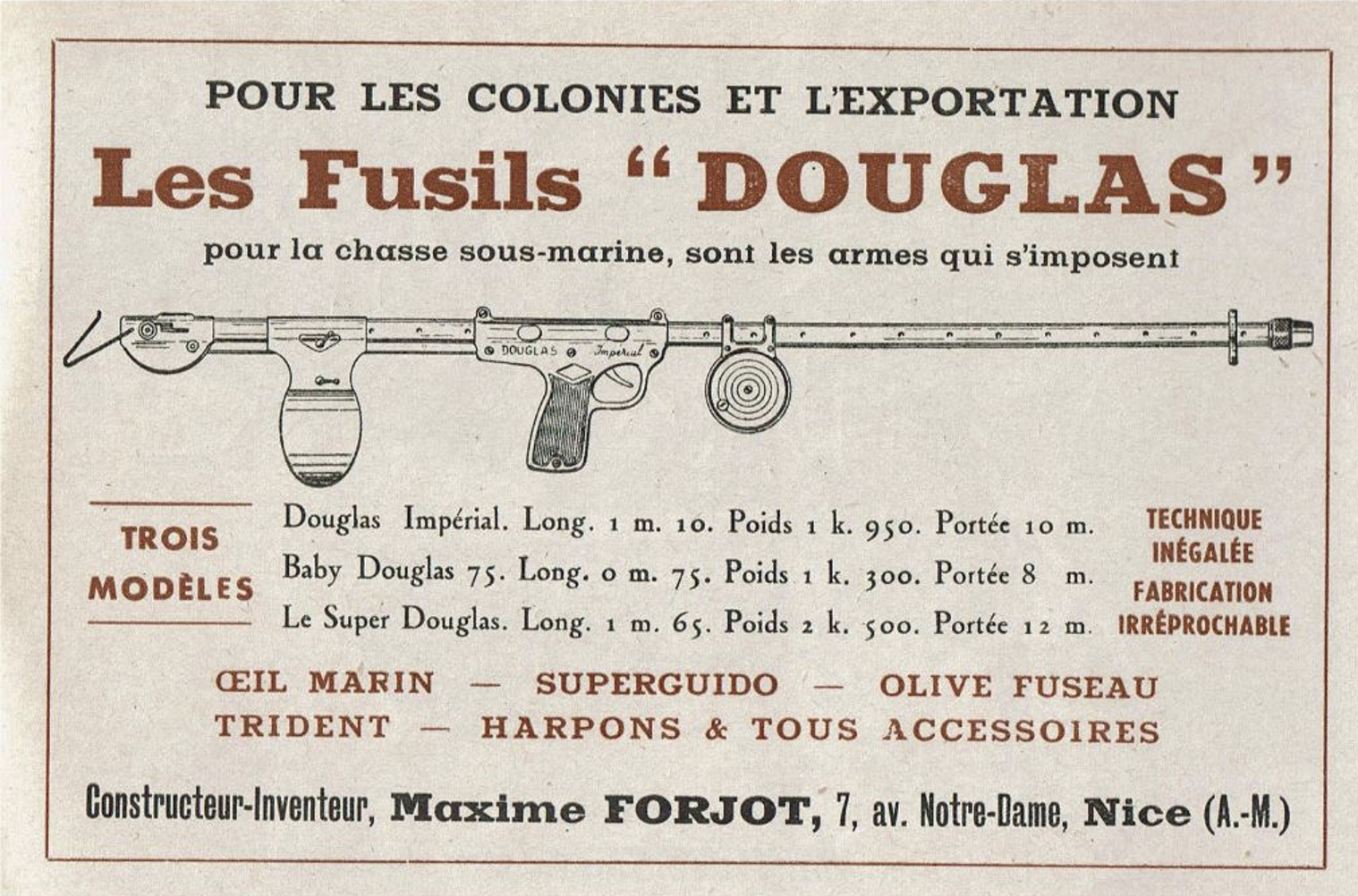
Douglas speargun advertisement
In 1939, Forjot enlists in the Air Force and, as a good patriot, offers his mark to Navy which, in the following years, will also be adopted also by Jacques Cousteau as a part of his new diving gear. The deployment in the French Armed Forces lasts little. In July 1940, Forjot returns to Nice and discovers that his inventions were copied. This will be the beginning of a nightmare lasted twenty years where Forjot will try to protect his creatures with several tribunal actions. Unfortunately, his competitors had more funds and better lawyers and consumed him. Unable to finance international very expensive patents, at the end he was obliged to leave this fight, under the pressure made by the big manufacturers of diving gear. This situation established a vicious cycle which, at the end, brought Forjot, ruined by this continuous dispute, to give up and give his brand to the competition. In 1956, he registered another patent to cover improvements to his mask original design, in particular its divided head band and the double seal of the face. These improvements, although we may consider them insignificant and taken for granted, are essentially the standard of the modern diving masks.
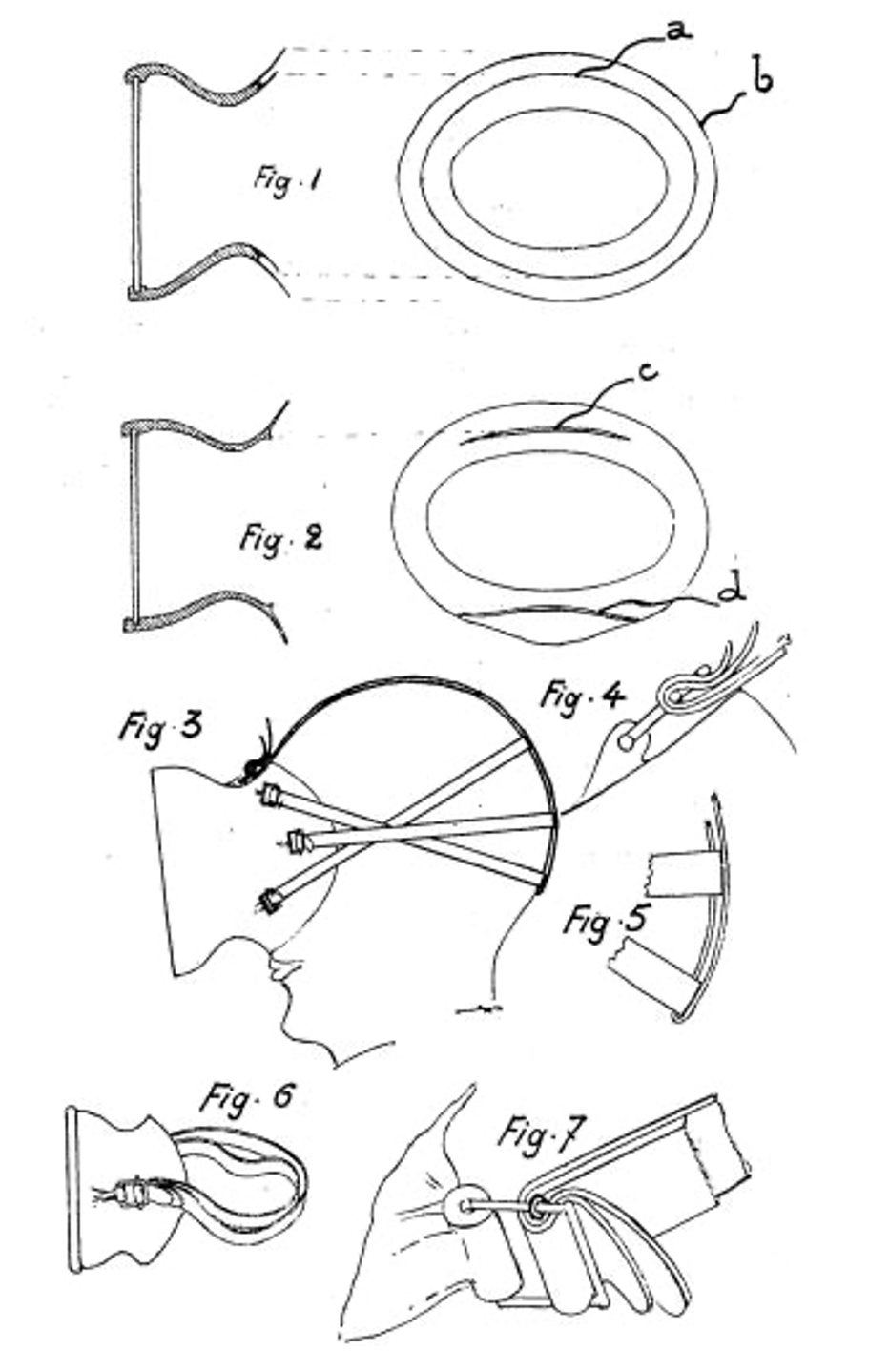
Mask patent from 1956
Dead in 1986 at the age of 83, it is without doubt that, with his products, Maxime Forjot gave a relevant contribution to the adjustment to the underwater world.
___________